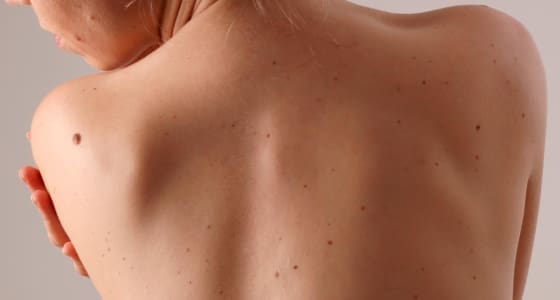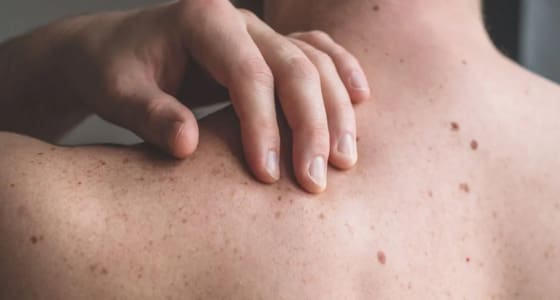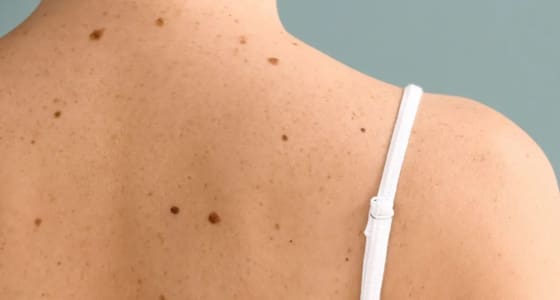During a shave excision, the lesion is shaved off using a scalpel without the need for stitches. The area may be cauterised to stop any bleeding, and this method may result in a small scar.
Plastic Surgery
Shave Excision
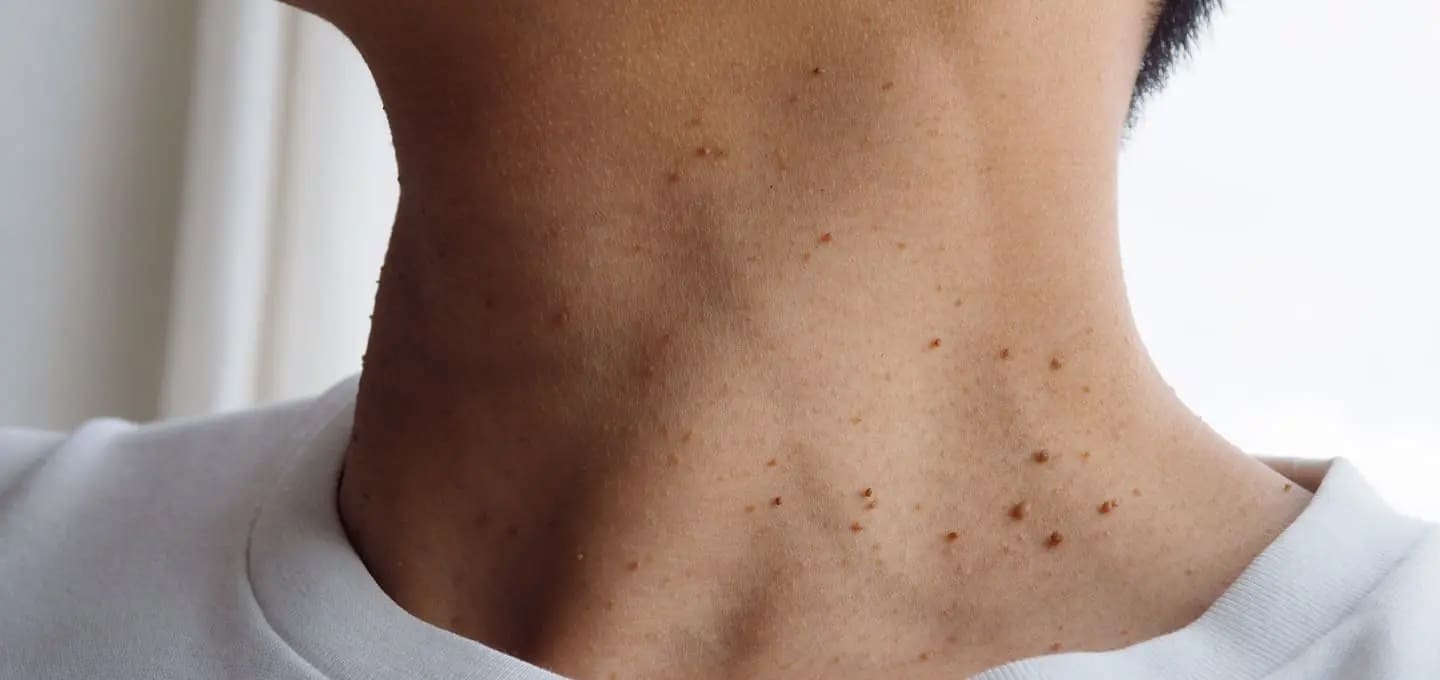
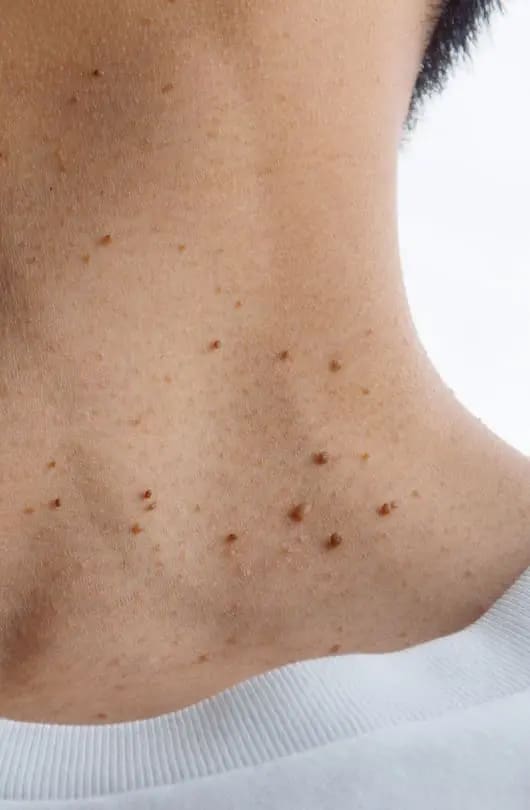
At A Glance
Price:
From £1050
Expected Results:
Removal of skin lesion
Length of Surgery:
Between 30 and 60 minutes
Anaesthesia:
Local anaesthetic
Recovery:
Usual activities by 1 week
Helpful Downloads
What is Shave Exsision?
Shave excision is a surgical procedure commonly used to remove superficial skin lesions, particularly those that are raised above the skin and do not extend deep into the skin layers, such as raised moles and skin tags.
The Consultation

Prior to the procedure, patients will have a consultation with a consultant dermatologist or plastic surgeon to assess the skin lesion and discuss the treatment plan. If shave excision is determined to be the best treatment option, it may be possible to combine the consultation with the procedure for a ‘see and treat’ appointment, offering convenience and cost-effectiveness.
The Procedure
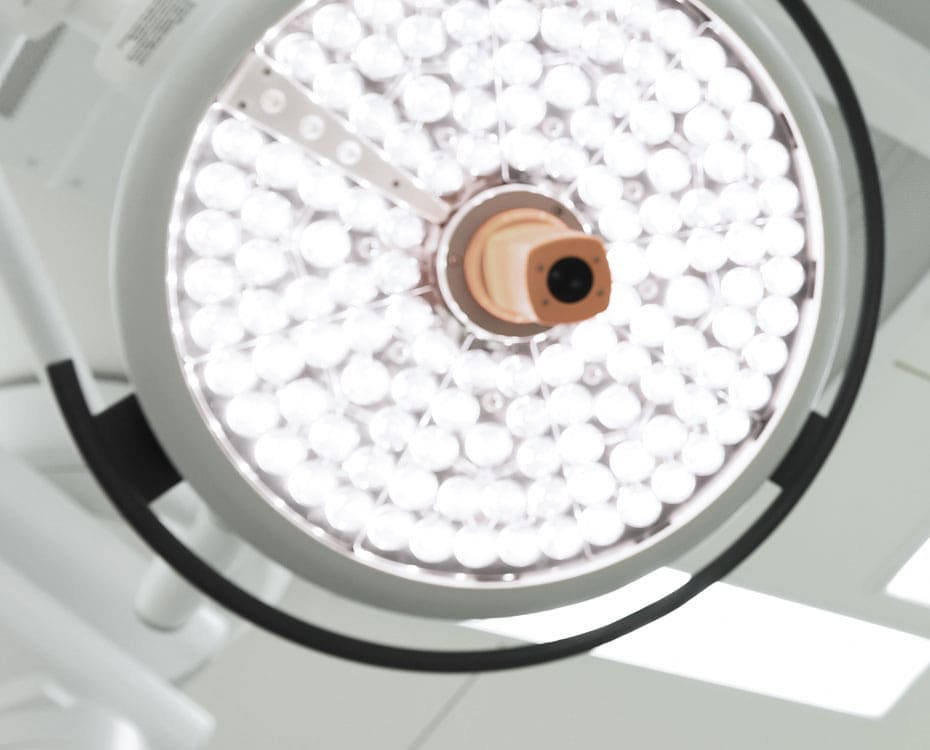
The shave excision will be conducted under local aesthesia in one of our state of the art operating theatres. The area will be numbed to minimise pain and discomfort. Using a sharp blade or scalpel, the consultant will carefully shave off the lesion from the skin’s surface, ensuring the blade is angled parallel to the skin to avoid cutting too deep. The depth of the shave will be based on the consultant’s evaluation of the lesion’s characteristics. If necessary, cauterisation may be performed to control any bleeding.
Patients may expect a small scar following the treatment.
Aftercare & Results
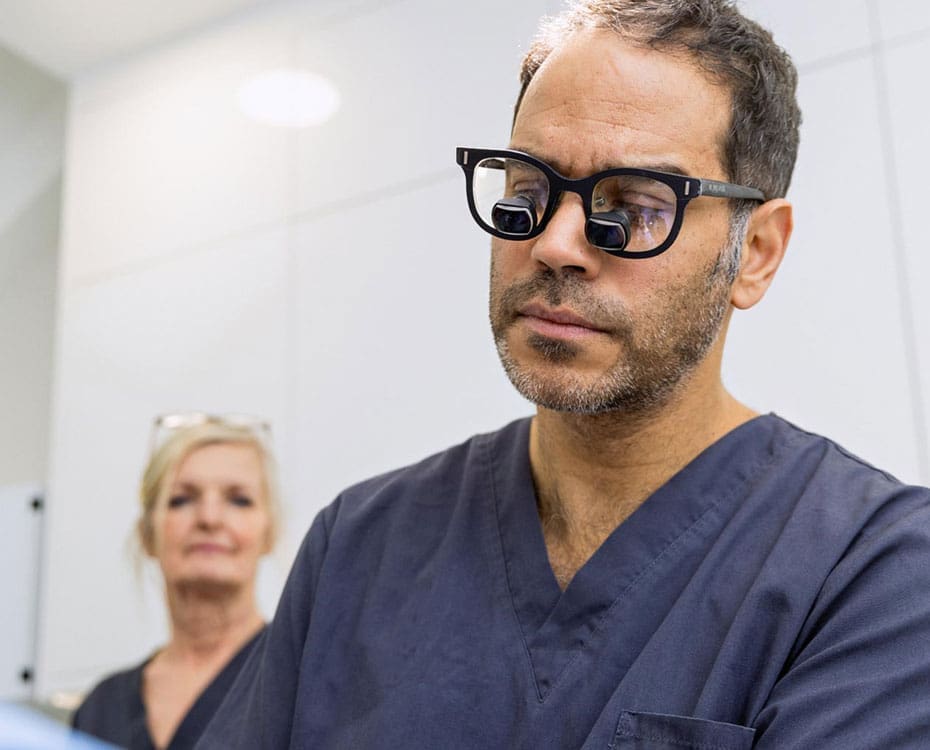
Following the procedure, patients will receive personalised aftercare guidance from their consultant to achieve optimal results. Instructions on wound care, dressing changes, and pain management will be provided. Stitches, if present, may require removal approximately one week after treatment. It is important to keep the wound clean and dry and follow any specific instructions given.
Patients may be advised to attend a follow-up appointment to monitor the healing process and discuss treatment outcomes. It is advisable to take steps to minimise scar visibility, such as regular scar massage and sunscreen application. High SPF sunscreen is also advised for approximately 12 months post-procedure.
What our patients think
I can not thank him more for his kindness and professionalism.
All in all I am extremely happy with the results and would definitely recommend him . I have discussed another surgery with him for later in the year . I would not choose a different surgeon, Mr Abood and his staff are fantastic.
Very patient, kind and sincere.
He was always there to answer to any pre- and post op concerns.
The procedure itself gave me life changing results and I regret waiting to do it so long.
Thank you very much
I am really happy with the result of my inverted nipple correction, the nipple has healed really quickly with very minimal to no bruising and looks like it was never even inverted in the first place! I am very pleased with the result as I have always been so self conscious about having 1 inverted nipple.
Thank you Dr Abood, who was professional, skilled and knowledgeable who made me feel at ease during the surgery and followed up promptly on my after care.
The whole process was fantastic, from consultation to surgery. I could not recommend Dr Abood highly enough.
Potential Risks
Although shave excision is generally considered safe, there are potential risks and complications to be mindful of, including:
Infection
All surgical procedures carry a risk of infection. Signs of infection may include increased pain, redness, swelling, warmth, or discharge from the wound. Infections typically manifest around 9 days post-procedure and are usually treated with a one-week course of oral antibiotics. If you have concerns about infection, we are available to evaluate and provide guidance.
Bleeding
Bleeding can occur during or after the removal procedure. Excessive bleeding in rare cases may necessitate medical attention.
Scarring
Scarring is an inevitable outcome of any surgery. The extent of scarring varies and is influenced by individual factors and healing processes. We strive to minimise the appearance of any unavoidable scarring.
Nerve Damage
In rare instances, surgical removal procedures for large or deep lesions may result in damage to nearby nerves, leading to temporary or permanent numbness or altered sensation in the area.
Recurrence
Certain types of skin lesions pose a small risk of recurrence. If your surgery involved skin cancer removal, we recommend annual skin checks with a skin expert to monitor for early signs of recurrence or other skin cancers.
Related FAQs
What is the purpose of shave excisions?
Shave excisions are conducted to eliminate benign or cancerous skin growths like moles, warts, skin tags, or specific types of skin cancers. This approach is typically favoured when the lesion is superficial and limited to the skin’s surface. Shave excisions may be preferred over surgical excisions as they are less invasive, causing minimal damage to the surrounding skin while effectively removing the lesion.
What is the recovery time for a shave excision?
The duration of recovery following a shave excision varies based on factors such as the size and location of the excision, as well as individual healing capabilities. Typically, the recovery period is relatively short, spanning from a few days to a couple of weeks.
Is scarring expected after shave excision?
While there may be a scar after shave excision, this procedure generally leads to minimal scarring. The appearance of the scar can vary based on factors like the size and location of the treated area, as well as individual healing capabilities.
Are shave excisions suitable for all body areas?
Shave excisions can be performed on different parts of the body, such as the face, neck, arms, legs, and trunk. The suitability of this procedure for a particular area is influenced by factors like the type of growth and the thickness of the skin in that region.
Does shave excision cause pain?
The procedure is typically painless as a local anaesthetic is administered to numb the area. Some mild pain or discomfort may be experienced during the healing phase, which can usually be managed with over-the-counter pain relief medication like Paracetamol.



